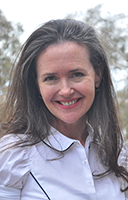
Eco-grief and Artivism. Both are new terms to me, but they’re beginning to define my life in Australia.
As a wildlife artist and animal lover, I’ve been so deeply affected by the devastating bushfires that it’s been hard for me to focus on anything else.
Every day, I pour my heart into my art. In my Extinction Series, I’ve been painting the landscapes and wildlife incinerated by the flames: koalas, kangaroos, cockatoos, platypus, wombats, and wallabies; iconic Australian species, some endangered and even facing extinction.
‘The Long Sleep,’ ‘Goodnight, Koala’ and the other artworks shown in this article are part of my Extinction Series. The Northern Koala, shown sleeping here as fire approaches, was already endangered before this year’s catastrophic bushfires and its survival as a species is in doubt.
Koala, shown sleeping here as fire approachesMy response to the tragic loss of over a billion animals in this season’s fires has been one of overwhelming heartbreak. I’m not ashamed to admit I’ve cried endless tears of grief. I’ve been trying to channel these feelings into my art practice, trying to turn traumatic personal experience into a call for climate action. What I’m doing can be described as raw artivism: creating art in the heat of the moment; emotional art to soothe my broken heart; political art to push for change.
It gives me a temporary escape from grim reality. The technique I use is called ‘encaustic’ or ‘hot wax painting’ – an ancient Egyptian artform that involves burning layer upon layer of melted beeswax and raw pigments into wooden panels. Because (ironically) I’m using fire in the process, it demands my full attention. Even a tiny error, such as holding the flame above the substrate for a second too long can wreck an entire week’s work, which, as you can imagine, helps me focus.
But the meditative effect of my paintbrush and torch is always short-lived. With each new report of suffering and loss, my head pounds, my heart races and my throat constricts. It’s partly grief, I realise, and partly fear. It might also be a physical reaction to the toxic smoke that blanketed us for weeks, day and night, indoors and out.
It’s also rage.
It’s all I can do not to scream at the limp response to the bushfires from our political leaders in Canberra. ‘Don’t overreact,’ they say. ‘Bushfires are part of Aussie life,’ they say. ‘Stop being so emotional!’ Then they turn around and give the green light for another coal mine, while warning us – including those who’ve lost everything in the fires – not to listen to ‘reckless’ climate activists.
How can anyone witness the Morrison government’s blinkered, blundering response to the climate crisis and not feel anger and rage?
Political frustration isn’t new to me, I must admit. I’ve spent my career working to curb the spread of nuclear weapons, and I’ve seen policies being implemented that are dangerous and delusional. I pinch myself every time I hear politicians and officials (including here in Australia) espousing the security benefits of these horrific weapons. We now know that only luck saved us from nuclear catastrophe during the Cold War, which makes today’s nuclear brinkmanship even more terrifying – proof that humanity sometimes dresses up heartless, selfish, and self-destructive decisions in the language of rational action.
It’s hard to ignore the parallels in our failure to address the existential threats of nuclear weapons and climate change. As a scholar and writer who studies and critiques nuclear policy decisions – decisions that are sometimes based on narrow self-interest, lack of knowledge, and a failure of vision and courage – I know how important it is to speak out. And as I’ve done this, I’ve begun to regard rage as a positive emotion, despite my training as a dispassionate academic. Why? Because without personal rage, individuals won’t be spurred into action. Until masses of enraged individuals come together to peacefully express their joint rage, governments will continue to downplay the science on climate change and feed the world’s irresponsible addiction to fossil fuels. In other words, without rage, political leaders won’t be held accountable for what amounts to criminal negligence.
‘The Scorching Skies Above Us’, Encaustic Original (Triptych), December 2019
My own rage is mounting daily. I can barely contain it. When it gets intense, my therapy is to pick up my paintbrush and mix another palette of fire-toned oils. I want as many people as possible to see the art that myself and other Australian artists are creating, partly because our profits are being donated to help wildlife injured in the fires, and because I want people everywhere to connect with our art on an emotional level, focus on the urgent need for change, and act on it. I want people to cry over our disappearing wildlife. I want people to rage over our fire-ravaged land. I want people to join the movement and stop sleepwalking into climate catastrophe; to realise what’s happening here will affect everyone’s future, not just Australia’s.
‘The Rescue’ and ‘The Scorching Skies Above US’ (detail)
Dr Tanya Ogilvie-White is senior fellow at Australian National University, adjunct senior fellow at Griffith University, Board member of the NZ Centre for Global Studies, and founder of Scorching Skies Art.
To contact her about this article, please email tanya@scorchingskiesart.com or call her on +61 466 465835. You can make direct contributions to wildlife rescue and rehabilitation via WIRES, WWF, Birdlife, RSPCA, National Parks Association, Humane Society International, The Wilderness Society, Nature Conservation Council, Animal Welfare League and IFAW.

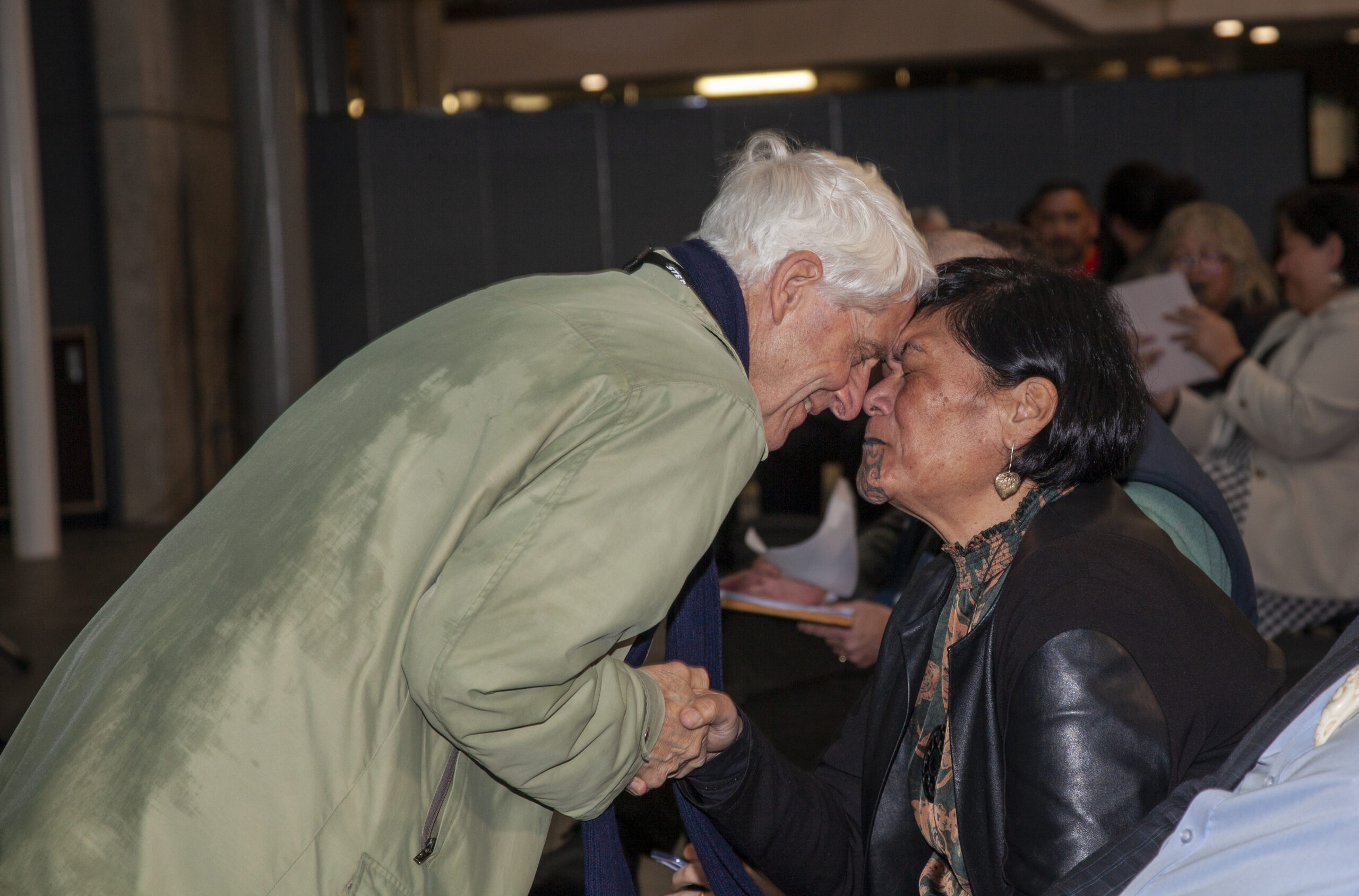
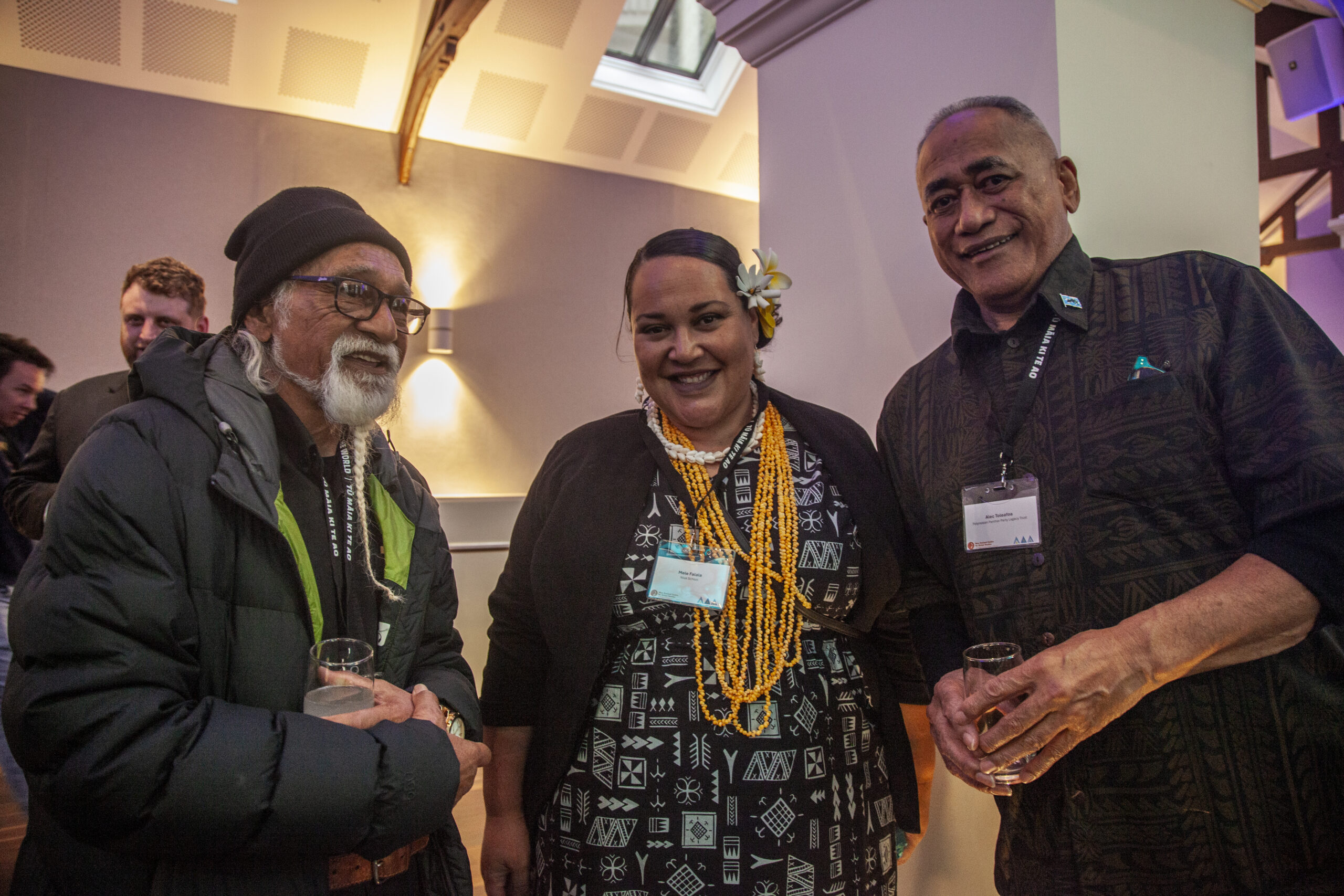
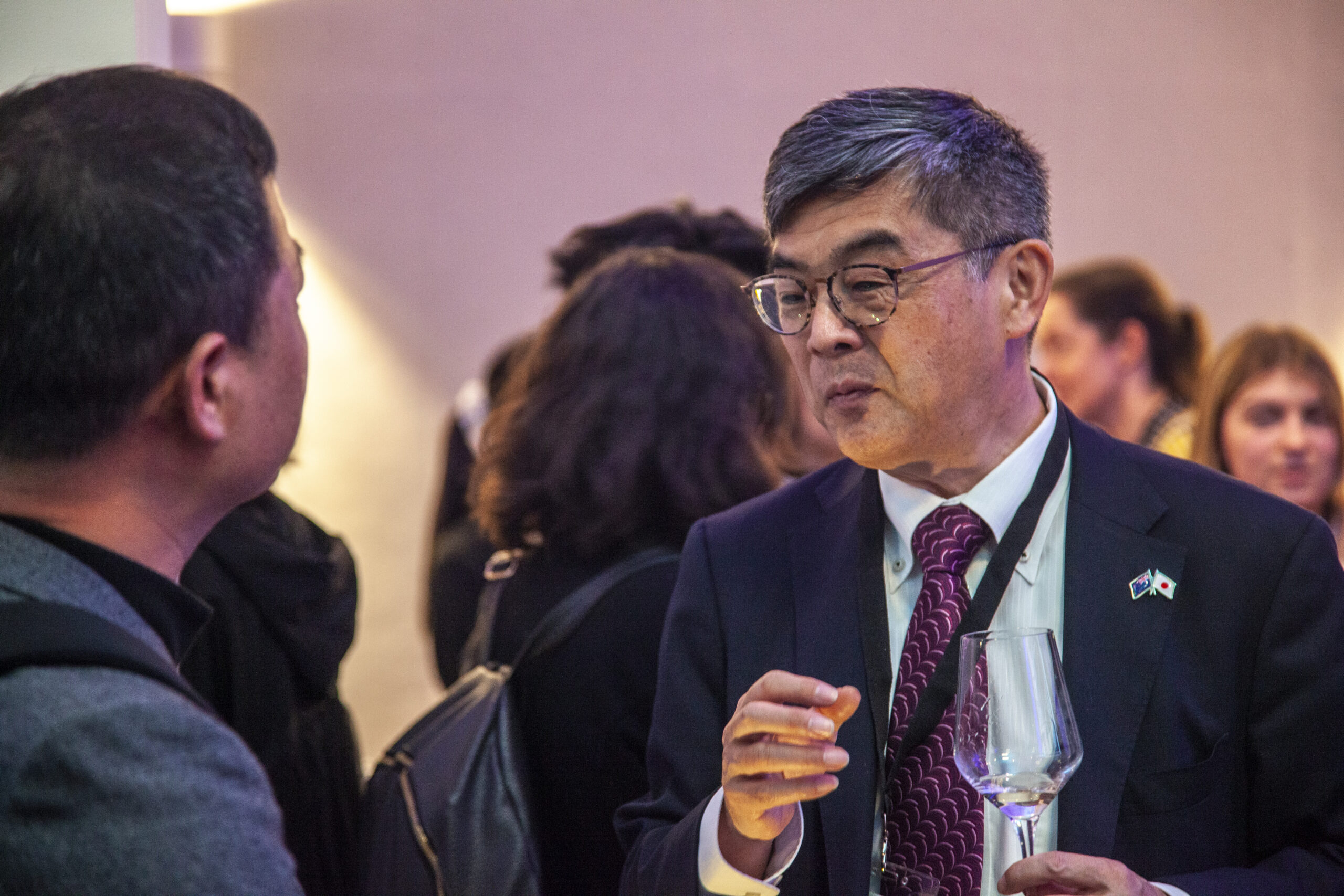
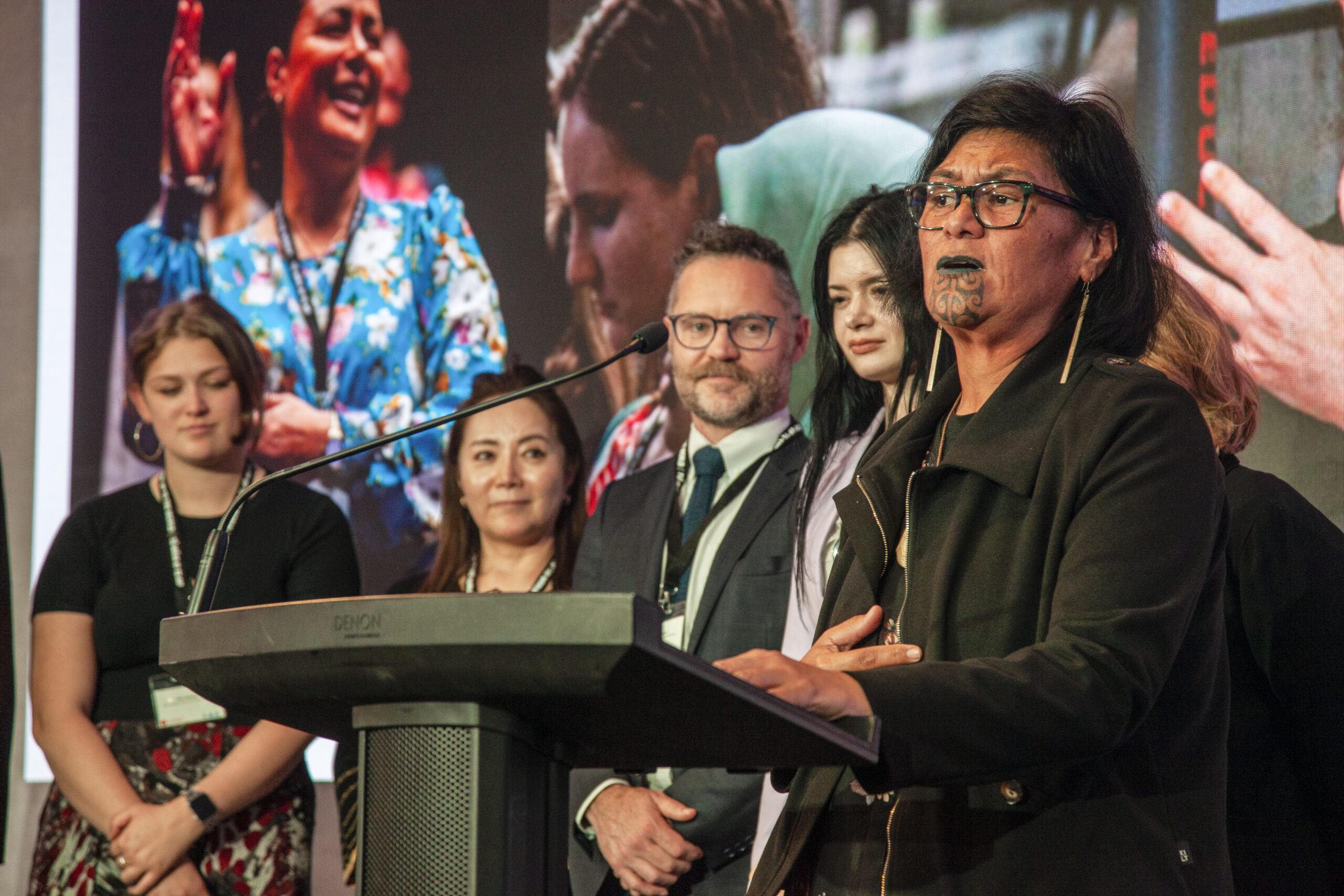
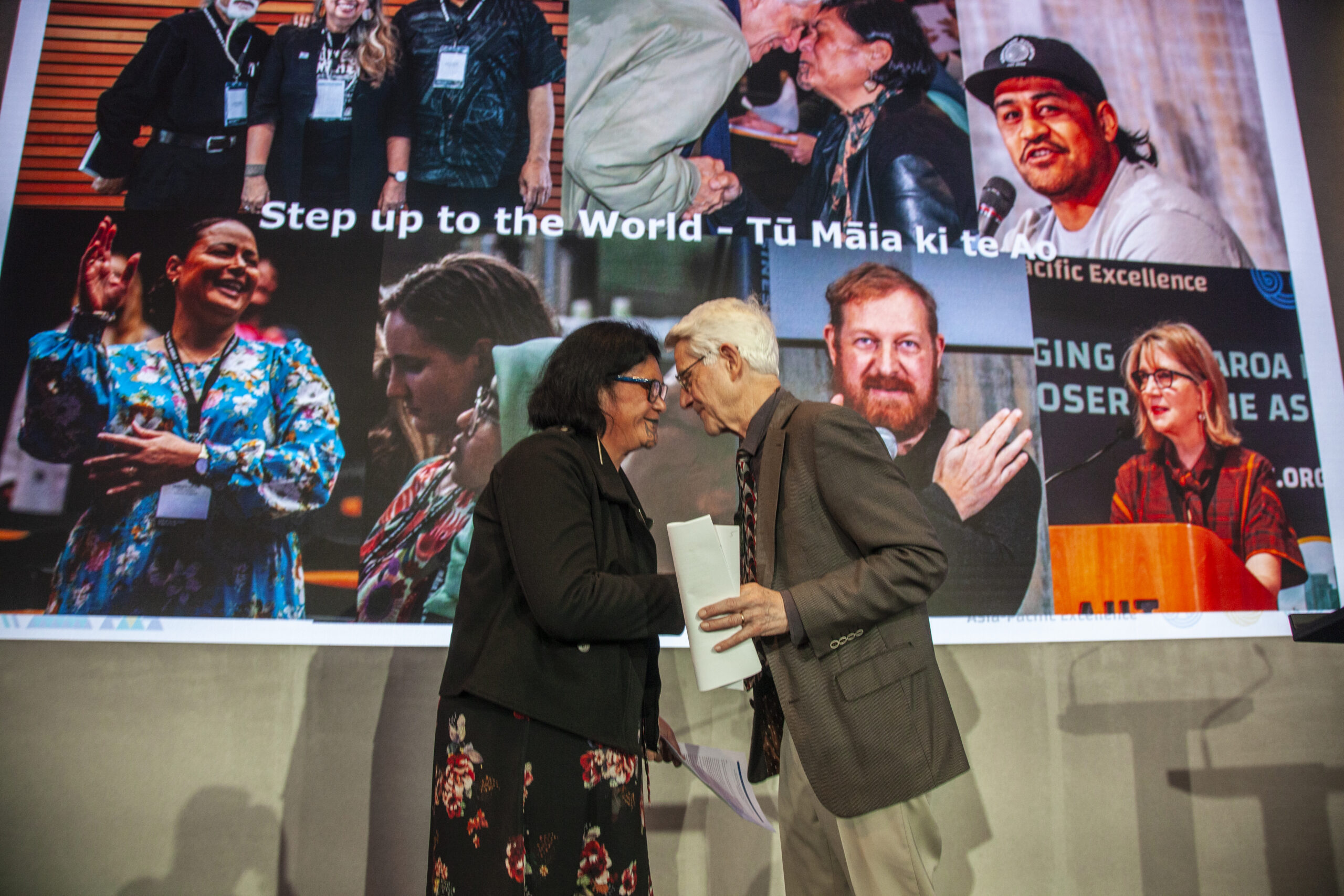
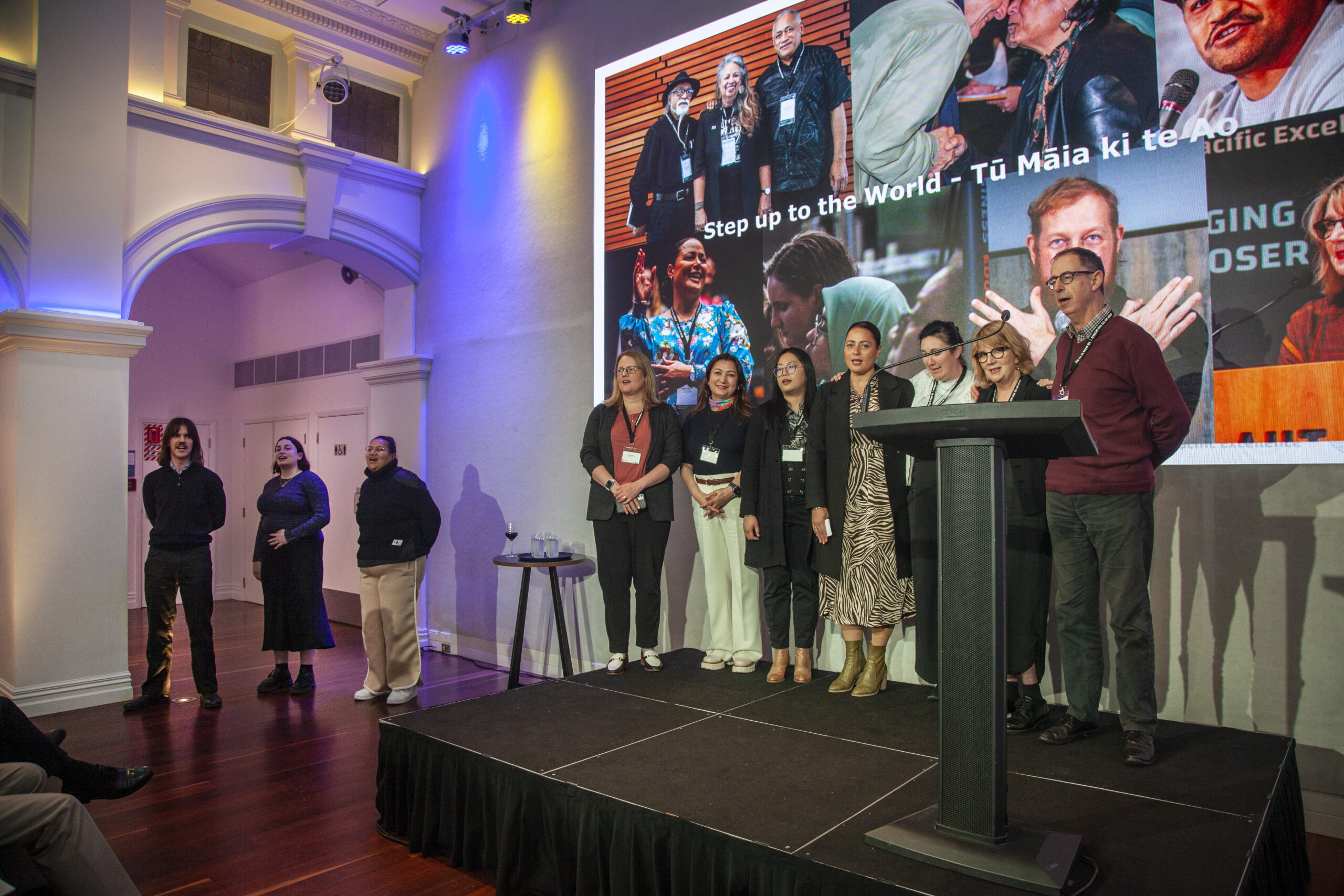
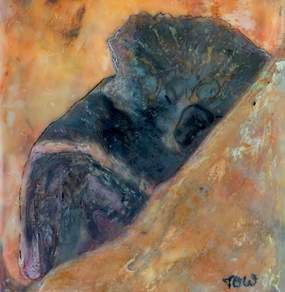

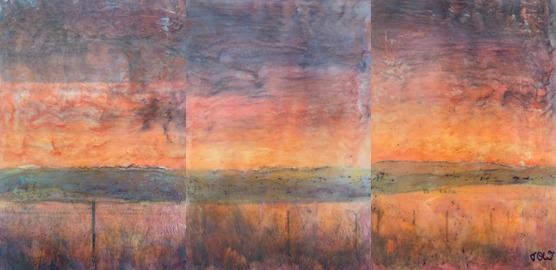
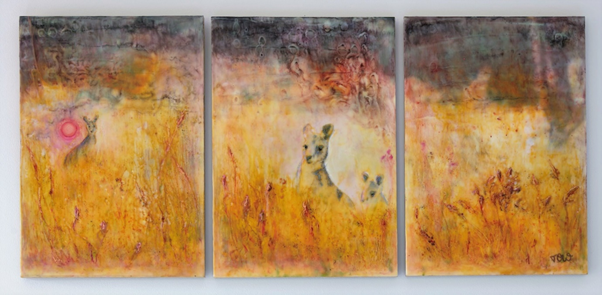
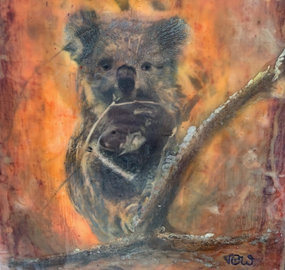
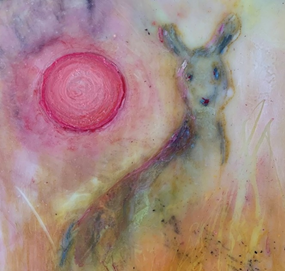
0 Comments